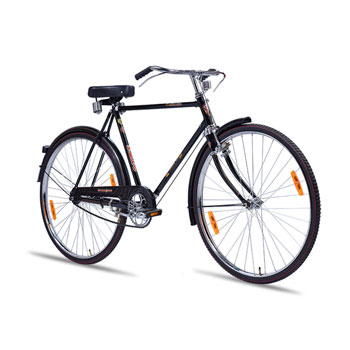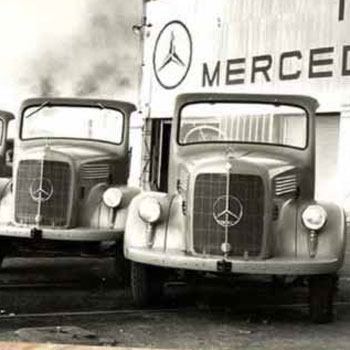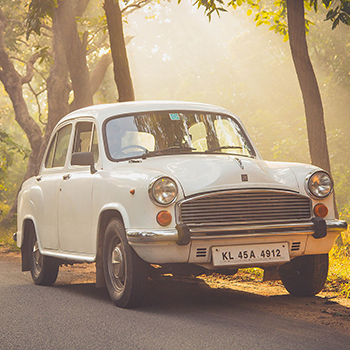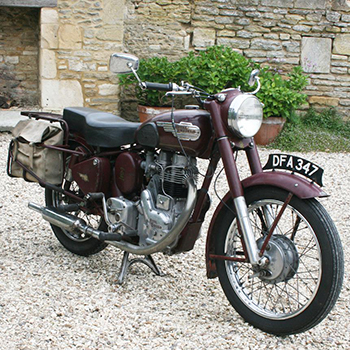Transport Automobiles
1951-1960
(4 items)
Transport Automobiles1951-1960
(4 items)
(4 items)
Hero Cycles
In the aftermath of independence, India faced significant economic challenges. The bicycle emerged as a vital means of transportation, especially for millions of Indians residing in rural areas. Hero Cycles recognized this need and embarked on a journey to revolutionize the Indian bicycle market.
Details >>Tata Motors Truck
Tata Motors, a well-established Indian automobile manufacturer, entered into a joint venture with Mercedes-Benz in the 1950s to manufacture trucks and commercial vehicles in India. This partnership aimed to leverage Mercedes-Benz's technology and Tata's local expertise.
Details >>Hindustan Ambassador 1954
The story of Ambassador begins with the land master, which is basically the Morris Oxford II. Often referred to as the "King of Indian Roads", the Hindustan Ambassador (1954) was based on the Morris Oxford Series II, which was designed in the United Kingdom and manufactured by Hindustan Motors at their Uttarpara plant close to Kolkata. Its front-engine, rear-wheel-drive layout came with a side-valve 1.5L petrol engine, which was later updated with overhead-valve and diesel variants. The vehicle had a spacious cabin, a sturdy body that was appropriate for Indian road conditions, and a traditional, bulbous style with rounded outlines. The body was composed of pressed steel panels that were welded together to create a sturdy unibody shell that was supported by a steel subframe and provided durability and structural stability. Over time, important parts like the steering, axles, and suspension systems were made locally, which helped to localise it. This vehicle was designed for those who would rather sit in the back and enjoy the ride. The Ambassador was a spacious and multipurpose car. Mostly owned as a politician's preferred car, it stood as a symbol of India's automotive independence and resilience for decades.
Details >>Royal Enfield Bullet 350
The Royal Enfield Bullet 350 (1955) was one of the earliest models assembled in India by Enfield India Ltd. at Madras (now Chennai), under license from Royal Enfield, UK. With a teardrop fuel tank, hand-painted pinstripes, a sprung single saddle, and a simple tubular steel frame, its design maintained the traditional British aesthetic while remaining stylish and functional. Together with a 4-speed transmission, the 346 cc air-cooled OHV engine produced steady torque that was perfect for Indian road conditions. The manufacturing process started with a combination of imported CKD (completely knocked down) kits before switching to locally made parts with precise machining for the suspension, frame, and engine. It had drum brakes, 19-inch spoke wheels, a swingarm rear suspension with twin shock absorbers (a novel feature at the time), and telescopic front forks. The 1955 Bullet 350 established Royal Enfield's long-standing relationship with India by becoming a symbol of dependability for both military and civilian applications thanks to its strong build, booming exhaust tone, and exceptional low-end torque.
Details >>


